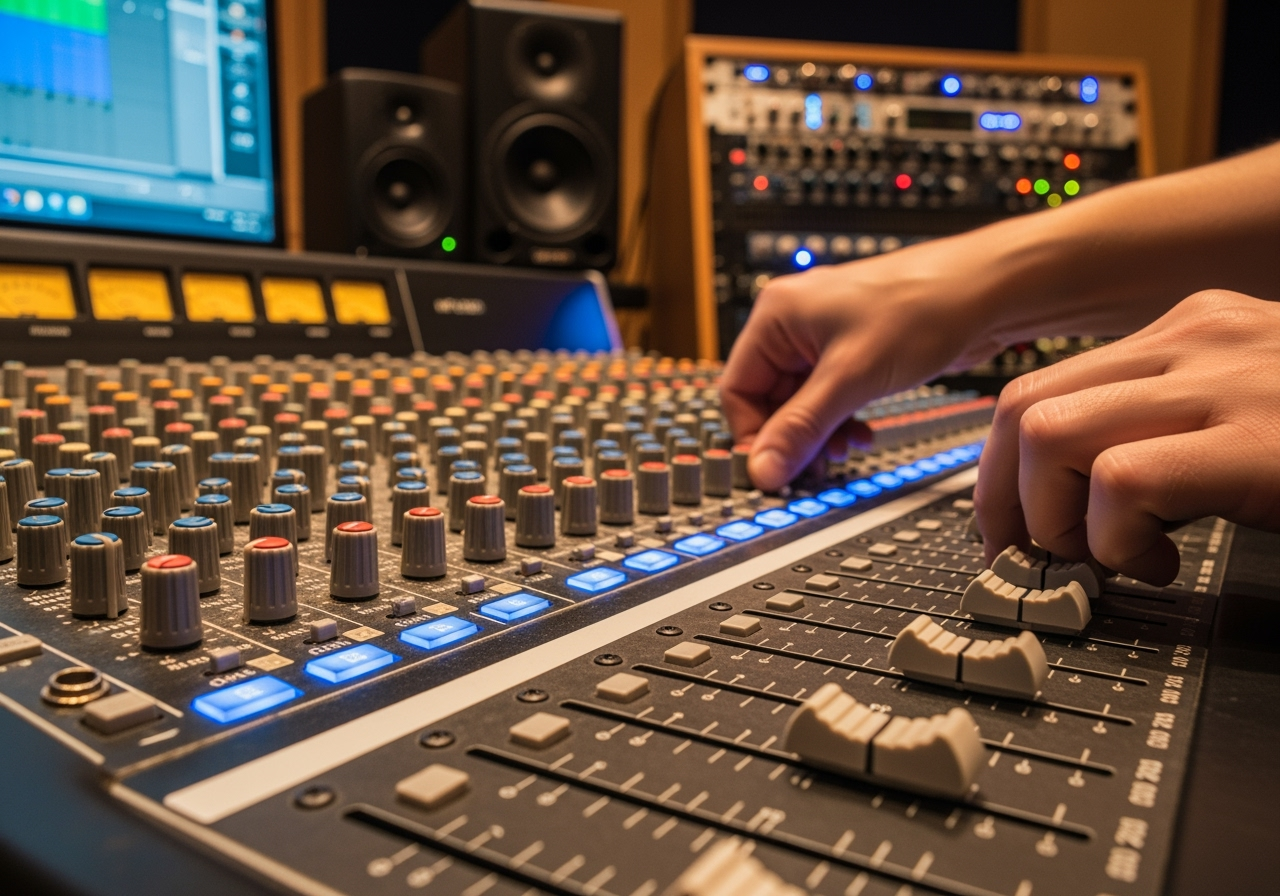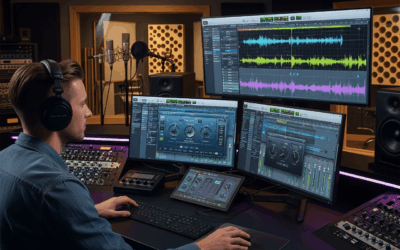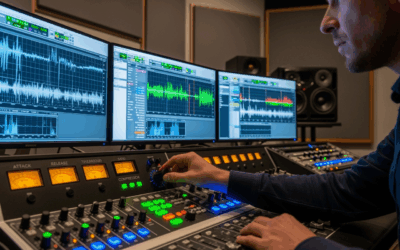Problem: You’ve invested in high-end microphones and equipment, but your recordings still sound amateur compared to professional productions you hear on podcasts and commercials.
Quick Solution: Expensive gear can’t fix poor recording fundamentals. The difference between amateur and professional sound lies in understanding gain staging, proper monitoring, and consistent recording techniques that most people overlook.
Step-by-Step Fix:
Step 1: Master Your Gain Staging
Start at the source – set your microphone preamp gain so your voice peaks around –18dB to –12dB, leaving plenty of headroom. Many people crank the gain too high, thinking louder is better, but this introduces noise and limits your dynamic range. Your expensive microphone can only perform as well as the signal chain feeding it.
Step 2: Monitor Properly During Recording
Use closed-back headphones and monitor your recording in real-time, not just the input meter. Listen for room reflections, mouth sounds, and background noise that meters won’t catch. Professional engineers record what they hear, not what they see on a screen. If it doesn’t sound right in your headphones, it won’t sound right in the final product.
Step 3: Maintain Consistent Technique
Keep the same distance from your microphone throughout the entire recording session. Mark your position with tape if needed. Consistency in your physical setup is what separates professional recordings from amateur ones – even a $3,000 microphone will sound inconsistent if you’re moving around while recording.
Pro Tip from 20+ Years of Experience: Record a reference track of your voice at the beginning of each session and compare it to your previous recordings. Professional studios maintain reference standards, and you should too. This simple habit will help you catch problems before they become expensive fixes in post-production.
Ready to unlock your equipment’s true potential? RHDR Media combines professional-grade gear with decades of recording





0 Comments